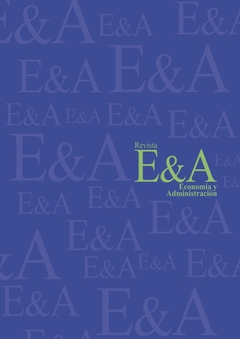Unraveling Skimpflation: The silent phenomenon that impacts your wallet
DOI:
https://doi.org/10.5377/eya.v16i1.19240Keywords:
Skimpflation, CPI, economic policies, product quality, pricesAbstract
The study analyzes the phenomenon of "skimpflation" and its impact on the economy and daily lives of Honduran consumers. Its objective is to describe its effect on the prices of essential goods and services, explore the business strategies behind it, and evaluate its impact on consumers' purchasing power. Skimpflation implies that consumers pay the same for lower quality products, intensifying global economic problems. A non-probabilistic convenience sampling methodology is used, conducting a survey of 119 people over 25 years of age. The results indicate a generalized increase in prices for essential goods and services, affecting the purchasing power and quality of life of consumers. 98.32% of respondents perceive price increases, and 96.64% feel they are getting less value for their money. In addition, 78.99% consider that the government is not taking effective measures. This problem becomes a variable that negatively affects the purchasing power and quality of life of consumers, contributing to the increase in social inequality and discouraging economic growth and investment and generating distrust in government institutions, making it imperative to adopt urgent measures and proactive actions that mitigate the effects of skimpflation.
Downloads
393
Downloads
Published
How to Cite
Issue
Section
License
Copyright (c) 2024 IIES-UNAH

This work is licensed under a Creative Commons Attribution-ShareAlike 4.0 International License.
Los autores que publican en esta revista están de acuerdo con los siguientes términos:
- Los autores conservan los derechos de autor y garantizan a la revista el derecho de ser la primera publicación del trabajo al igual que licenciado bajo una Creative Commons Attribution License que permite a otros compartir el trabajo con un reconocimiento de la autoría del trabajo y la publicación inicial en esta revista.
- Los autores pueden establecer por separado acuerdos adicionales para la distribución no exclusiva de la versión de la obra publicada en la revista (por ejemplo, situarlo en un repositorio institucional o publicarlo en un libro), con un reconocimiento de su publicación inicial en esta revista.
- Se permite y se anima a los autores a difundir sus trabajos electrónicamente (por ejemplo, en repositorios institucionales o en su propio sitio web) antes y durante el proceso de envío, ya que puede dar lugar a intercambios productivos, así como a una citación más temprana y mayor de los trabajos publicados (Véase The Effect of Open Access) (en inglés).




